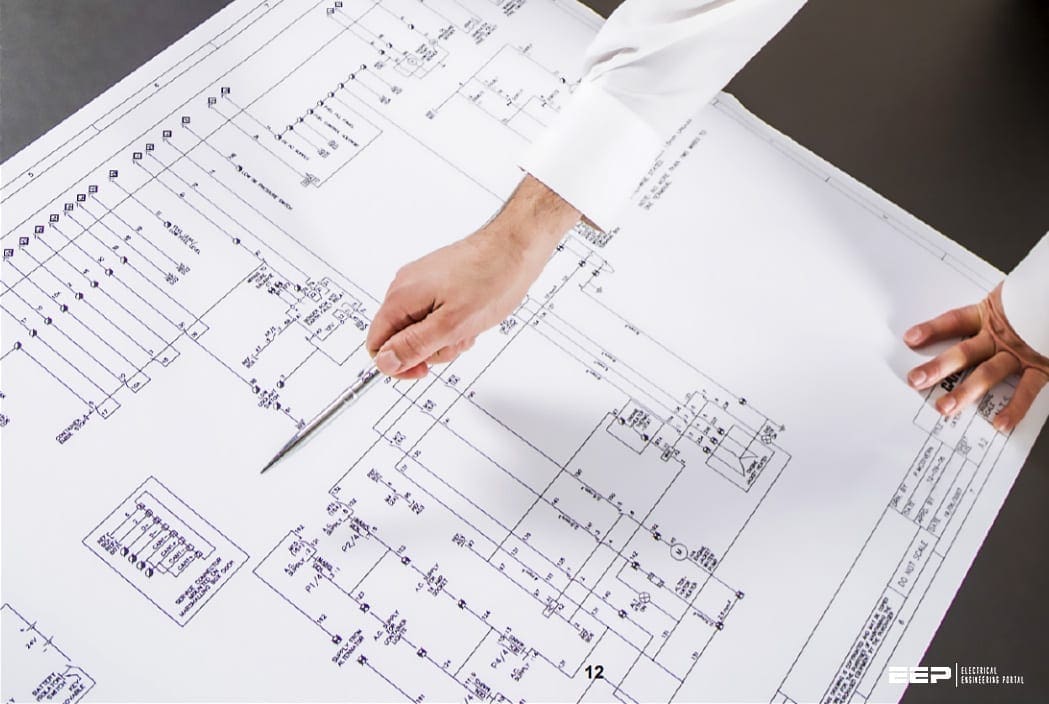Reactive Power Flow and Control
There is a strong relationship between voltage and reactive power flow, though real power flow on loaded circuits may further escalate the voltage problem. The voltages in a distribution system and to the consumers must be maintained within a certain plus–minus band around the rated equipment voltage, ideally from no load to full load, and under varying loading conditions.

Sudden load impacts (starting of a large motor) or load demands under contingency operating conditions, when one or more tie-line circuits may be out of service, result in short-time or prolonged voltage dips.
High voltages may occur under light running load or on sudden load throwing and are of equal considerations, though low voltages occur more frequently. ANSI C84.1 specifies the preferred nominal voltages and operating voltage ranges A and B for utilization and distribution equipment operating from 120 to 34,500 V.
For transmission voltages over 34,500 V, only nominal and maximum system voltage is specified. Range B allows limited excursions outside range A limits. As an example, for a 13.8 kV nominal voltage, range A = 14.49 – 12.46 kV and range B = 14.5 – 13.11 kV.
Induction motor operation
Cyclic loads, for example, arc furnaces giving rise to flicker, must be controlled to an acceptable level. The electrical apparatuses have a certain maximum and minimum operating voltage range in which normal operation is maintained, that is, induction motors are designed to operate successfully under the following conditions:
- Plus or minus 10% of rated voltage, with rated frequency.
- A combined variation in voltage and frequency of 10% (sum of absolute values) provided that the frequency variations do not exceed ±5% of rated frequency.
- Plus or minus 5% of frequency with rated voltage.
Motor torque, speed, line current, and losses vary with respect to the operating voltage. Continuous operation beyond the designed voltage variations is detrimental to the integrity and life of the electrical equipment.
A certain balance between the reactive power consuming and generating apparatuses is required. This must consider losses, which may be a considerable percentage of the reactive load demand. When the reactive power is transported over mainly reactive elements of the power system, the reactive power losses may be considerable and these add to the load demand.

